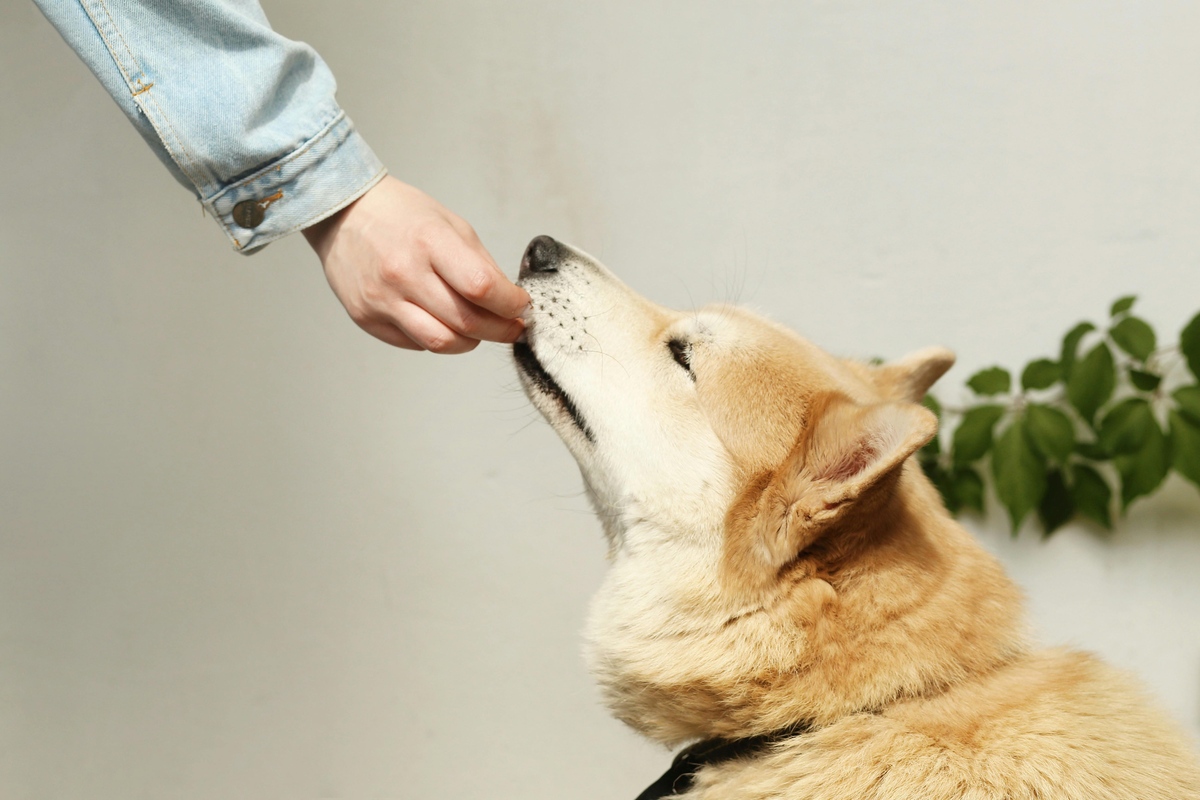Feeding the Future: Trends and Growth in the Global Pet Food Market

Strong 8k brings an ultra-HD IPTV experience to your living room and your pocket.
The Pet Food Market has witnessed remarkable growth in recent years, driven by a growing global pet population, increasing awareness of pet health, and rising disposable incomes. As pet ownership shifts from mere companionship to being an integral part of family life, pet owners are increasingly focusing on the quality, nutritional value, and sustainability of the food they provide. This blog explores the dynamics of the global pet food market, its current trends, growth factors, challenges, and future outlook.
Market Overview
The global pet food market was valued at approximately $100 billion in 2023 and is projected to reach $135 billion by 2030, growing at a CAGR of 4.5%. The demand for high-quality pet food has surged due to the increasing prevalence of pet humanization, where owners treat pets as family members. The market comprises diverse product categories, including dry food, wet food, treats, and specialty diets catering to the nutritional needs of dogs, cats, birds, fish, and small mammals.
Key Market Segments
1. By Pet Type
Dogs dominate the pet food market, accounting for nearly 40% of the market share in 2023. The popularity of premium and specialized dog food, including breed-specific diets and grain-free options, is on the rise.
Cats follow closely, with an increasing focus on wet food products and functional treats designed for dental and urinary health.
Other pets, such as fish, birds, and reptiles, account for a smaller but steadily growing segment.
2. By Product Type
Dry Food: Offers convenience and affordability, making it the most popular choice among pet owners. Dry kibble is particularly favored for dogs and cats due to its ease of storage and feeding.
Wet Food: Gaining traction among pet owners looking to provide hydration and variety in their pets’ diets.
Treats and Snacks: Witnessing significant growth due to their use in training and as rewards. Functional treats targeting specific health concerns are particularly in demand.
Specialty Diets: Including organic, grain-free, and allergen-free options, these are driven by pet owners' increasing focus on nutrition and wellness.
3. By Distribution Channel
Specialty Pet Stores: Continue to dominate the market, offering personalized recommendations and premium brands.
Online Retail: Experiencing the fastest growth due to the convenience of home delivery, subscription models, and extensive product variety.
Supermarkets and Hypermarkets: Attract price-sensitive customers with discounts and promotions.
Trends Shaping the Pet Food Market
1. Rise of Premium and Organic Pet Food
Consumers are increasingly opting for premium and organic pet food products that promise higher nutritional value and safer ingredients. Organic pet food, free from artificial additives and chemicals, is becoming a preferred choice among health-conscious pet owners.
2. Focus on Functional Ingredients
The inclusion of functional ingredients like probiotics, omega-3 fatty acids, and antioxidants is transforming pet food into a tool for preventive healthcare. These ingredients are aimed at addressing specific health concerns, such as digestive issues, joint health, and skin and coat care.
3. Pet Food Customization
Personalized nutrition is gaining traction, with companies offering tailored meal plans based on a pet's age, breed, activity level, and health conditions. Subscription-based services providing fresh, customized pet food are particularly popular.
4. Sustainability Initiatives
Sustainability is becoming a critical factor in pet food production. Many manufacturers are adopting eco-friendly packaging and sourcing sustainable ingredients, such as plant-based proteins and insect-based meal alternatives.
5. Technological Advancements
The use of advanced technology in manufacturing and packaging ensures better quality control and longer shelf life for pet food products. Additionally, AI-driven apps and online platforms help pet owners select the most suitable products based on their pets' needs.
Factors Driving Market Growth
1. Increasing Pet Ownership
Global pet ownership rates are on the rise, driven by changing demographics, urbanization, and emotional benefits associated with pet companionship. The COVID-19 pandemic further accelerated this trend as people sought comfort and companionship during lockdowns.
2. Humanization of Pets
Pet owners now view their pets as family members, leading to a willingness to spend more on their pets' health and well-being. This shift has boosted demand for premium, organic, and specialty pet food products.
3. Awareness of Pet Health
Rising awareness of pet health and wellness, coupled with frequent veterinary visits, has made pet owners more conscious of the quality and nutritional value of pet food.
4. Expansion of E-commerce
The convenience of online shopping, coupled with access to a wide range of products and price comparisons, has made e-commerce a significant growth driver for the pet food market.
Challenges in the Pet Food Market
1. Regulatory Compliance
Stringent regulations surrounding pet food safety and labeling can pose challenges for manufacturers, particularly smaller companies with limited resources.
2. Rising Costs
The increasing cost of raw materials, such as meat and grains, has put pressure on manufacturers to balance pricing and profitability.
3. Competition from Homemade Pet Food
A growing number of pet owners are preparing homemade meals for their pets, often citing concerns over commercial food additives and preservatives.
4. Supply Chain Disruptions
Global supply chain disruptions, exacerbated by the COVID-19 pandemic and geopolitical tensions, have impacted the availability of raw materials and packaging for pet food.
Regional Insights
1. North America
North America holds the largest share of the global pet food market, driven by high pet ownership rates and the popularity of premium and organic pet food products.
2. Europe
Europe is witnessing a surge in demand for sustainable and plant-based pet food, driven by stringent regulations and environmental awareness among consumers.
3. Asia-Pacific
Asia-Pacific is the fastest-growing market, fueled by rising disposable incomes, urbanization, and increasing awareness of pet health in countries like China, India, and Japan.
4. Latin America and the Middle East
These regions are experiencing steady growth due to the increasing adoption of pets and rising awareness of pet nutrition and healthcare.
Competitive Landscape
Key players in the global pet food market include:
Mars Petcare (Pedigree, Whiskas, Royal Canin)
Nestlé Purina PetCare (Purina Pro Plan, Friskies, Beneful)
Hill’s Pet Nutrition
Blue Buffalo (General Mills)
The J.M. Smucker Company (Meow Mix, Milk-Bone)
These companies are investing heavily in research and development to introduce innovative products and cater to evolving consumer demands.
Future Outlook
The global pet food market is poised for sustained growth, driven by the humanization of pets, rising awareness of pet health, and advancements in product innovation. Manufacturers are expected to focus on sustainability, personalization, and functional nutrition to stay competitive. The growing popularity of alternative protein sources, such as insects and plant-based ingredients, signals a transformative shift in the industry.
Conclusion
As the bond between pets and their owners deepens, the demand for high-quality, nutritious, and sustainable pet food is set to rise. By embracing innovation, sustainability, and a customer-centric approach, the pet food market is poised to flourish in the coming years. Whether through premium products, functional ingredients, or eco-friendly practices, the future of pet food lies in meeting the evolving needs of modern pet owners while ensuring the well-being of their beloved companions.
Note: IndiBlogHub features both user-submitted and editorial content. We do not verify third-party contributions. Read our Disclaimer and Privacy Policyfor details.







